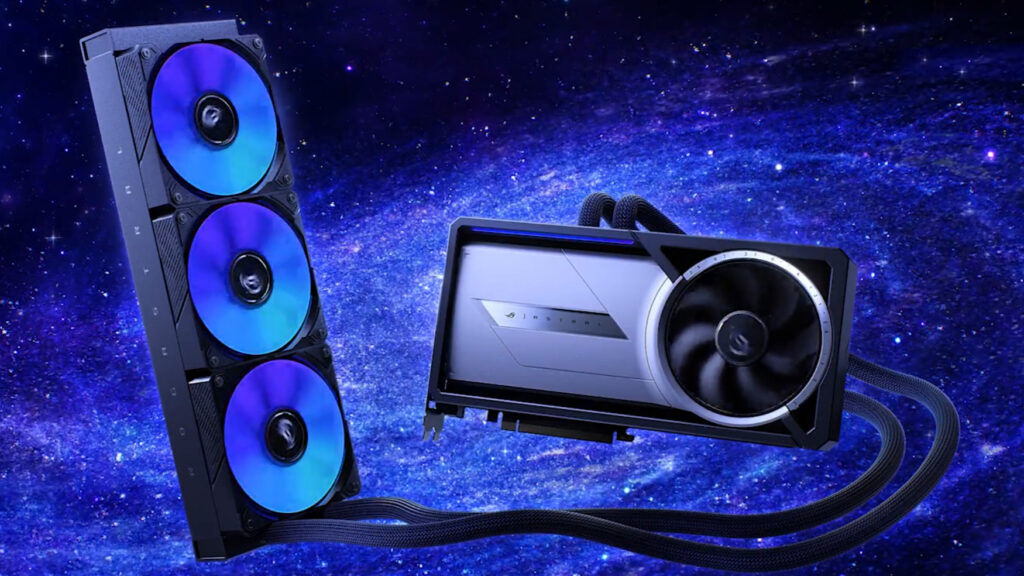Asus’ ROG Astral GPU sag ‘detector’ requires to be embraced by other GPU and motherboard makers – even though it’s supposedly been removed-Latest New 2025

- Asus GPU Tweak III software informs ROG Astral GPU customers of any potential GPU sag
- It’s possible thanks to a built-in gyroscope and accelerometer
- The feature appears to be inaccessible in the current version of the application
Considering the wide variety of Nvidia and AMD third-party GPUs that include different styles and sizes, GPU sag is an indisputable concern (even if the recent RTX 5000 series has actually mostly been a move in the ideal instructions from the comically huge RTX 4090 Luckily, a preferred GPU and motherboard manufacturer has actually introduced a solution – well, kind of.
As reported by VideoCardz , Asus’ ROG Astral RTX 5000 collection GPUs have an ‘Tools Setup Inspect’ feature within the GPU Tweak III software, which notifies customers if their GPU has actually slanted or vacated area. This is enabled thanks to an integrated gyroscope and accelerometer, properly aiding detect GPU droop.
The unusual thing is that this attribute hasn’t been included in any one of the ROG Astral GPU advertising and marketing. GPU Tweak III, a GPU tracking and adjusting software program, has numerous features to avoid problems, such as Power Detector+, which shows any kind of prospective problems with the 12 VHPWR wire – yet this GPU droop preventative action was only simply discovered by customers.
This is possibly a lot more confusing: according to Asus forums , the Tools Installment Examine function is no more offered in the current version of the software application. Whether the omission was entirely deliberate is uncertain presently, yet it’s a function that GPU and motherboard suppliers must think about consisting of moving forward.

I see this as nothing but a win, and I’m really hoping various other suppliers can follow suit …
There’s absolutely nothing worse than discovering your computer parts damaged as a result of situations of oversight or needed precautions being forgotten: that’s why GPU sag ought to be taken much more seriously.
Fortunately, I have actually never ever had it take place to me given that I made it my top priority to acquire a great anti-sag stand (I’m utilizing a fairly chunky GPU), however it’s very easy to see the possible damage to the PCIe port or the GPU itself in the future if there isn’t any assistance inside your situation for a heavy graphics card.
It’s a various discussion if you’re using a GPU riser cable television (in a mini-ITX construct, as an example) as the card can be put up and down to ease problems of sag – however good luck putting some of today’s modern-day sturdy third-party GPUs in those instances.
Of course, this will not put on all GPU proprietors, as it seems the larger GPUs are mainly third-party premium offerings to make up for cooling: archetypes are my current GPU, the Asus TUF RTX 4080 Super, a triple-slot card, and the ROG Celestial RTX 5090
It’s good to see that Asus also considered an attribute to at the very least inform customers of any droop or motion: in my experience, it’s not constantly simple to inform if your GPU is drooping, so while some could see it as a nonsensical enhancement, I would certainly argue it’s one worth praising.
Nevertheless, it’s addressed the minute and no one understands if it will return: if it doesn’t return (which I’ll be stunned by), then I’ll be wishing other GPU producers contend the extremely least taken note.




